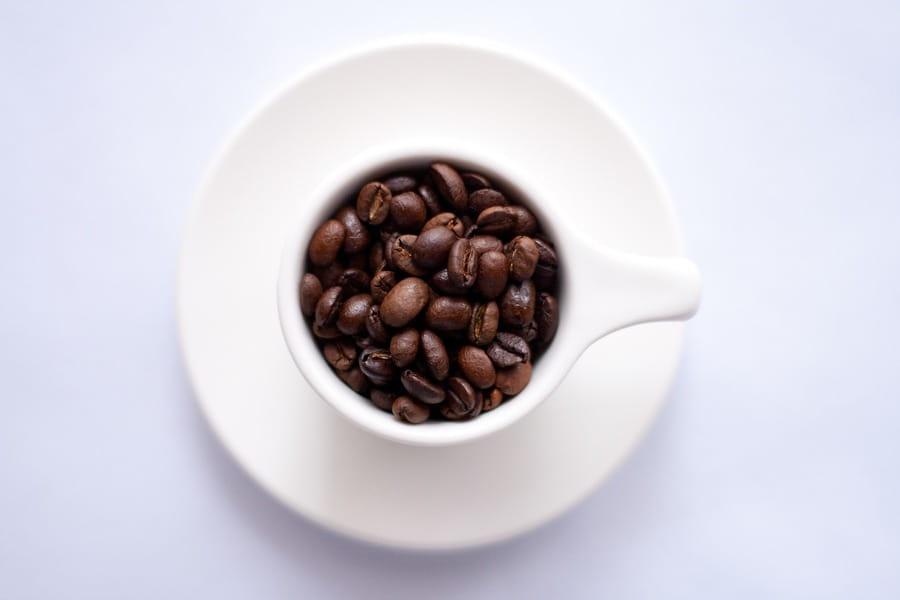The rise in prices has changed very little the behavior of sellers, who remain on the defensive. Without greater aggressiveness on the buying side, the market maintains very slow commercial dynamics. The fact is that growers keep in mind the idea of prices before the market’s tumble last October. The current price, even with significant improvement, remains far from that level, justifying both the short stance of sellers and the great distance between the ends.
The SAFRAS survey indicates that the sales of the 22/23 crop in Brazil were at 78% of production until February 15, only 3% higher than in the previous month. The flow of sales remains well below the same period last year, when it reached 86% of the expected output, and below the five-year average of 81%.
Arabica sales reach 75% of the total crop, with a slow flow in the face of great resistance from sellers. In the same period last year, the commitment by growers was around 83%. The five-year average of the period is around 79%. This slower flow is in line with the idea that the tightening supply also stems from the very short stance of sellers. There is still plenty of grower’s coffee inside warehouses, especially of cooperatives.
The sales of conillon gain pace at the end of the crop and reach 84% of the production potential, with emphasis on the positions of the domestic roasted and ground industry. Sales flow remains below the same period last year, when it was at 90% of production and slightly below the five-year average for the period (86%). The very firm price serves as justification for the slow pace of sales. The proximity of the new crop may speed up sell orders a little more on the part of growers. The domestic industry, on the other hand, adopts a more reticent posture, stretching stocks while waiting for the arrival of Brazil’s 2023 crop.

